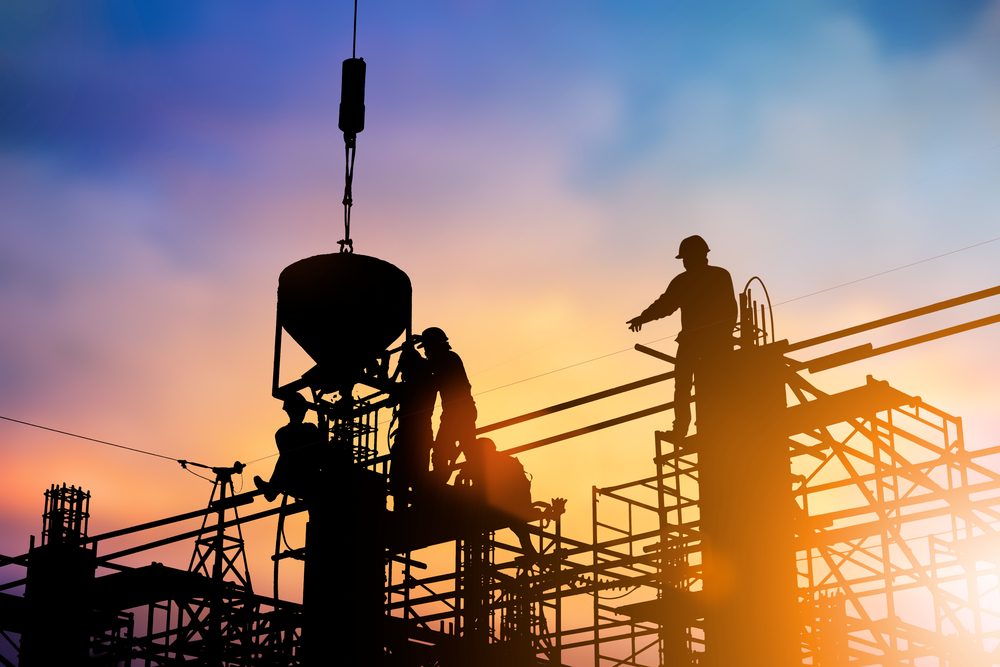Since US President Donald Trump’s pledge to spend US$1 trillion on an overhaul and build-out of American services in the next few years, infrastructure has become an increasingly popular theme for investors.
Tied in with what has become known as the ‘reflation’ trade, the assumption is that, if growth is improving and governments are on hand to support or sponsor a greater number of large-scale construction projects, companies involved in such an expansion could benefit.
A decade on from the onset of the financial crisis, the long shadow it has cast appears to be fading. Consequently, all sorts of cyclical sectors have surged – returns from financials, basic materials and industrials sectors in the S&P 500 were +10.7%, +6.7% and +4.6% (in US-dollar terms) respectively only a few weeks after Trump’s victory.[1]
Infrastructure food chain
However, investment in infrastructure has in our view not been about riding a politically induced construction wave; nor do we believe it should be reduced to that now.
There is an infrastructure ‘food chain’. At one end there are underlying companies that provide components needed for building projects. These range from materials companies to global commodities producers to firms that provide machinery or component parts. The contractors in charge of the build are obvious beneficiaries of infrastructure spending; however, these firms are often working on tight margins.
The companies that manufacture and sell construction machinery could also see a boom if there is a surge in infrastructure spending, although this is a very competitive sector with a lot of price competition. We believe that some other ancillary services could benefit too – including the licensees of computer-aided design software and building information management services, which are playing an increasing role in large infrastructure projects as they become more digitised.
With such a range of market participants, many sectors could be set to benefit from increased government funding of large building projects. Equity investors can (and have) participated in the reflation trade by allocating to some of these sectors – a shift that saw cyclicals largely outperform immediately after Trump’s election.
Cyclical or defensive?
Yet even if ‘Trumponomics’ flourishes and new infrastructure spending is approved, we expect many of the beneficiaries may be cyclical and will not necessarily exhibit the characteristics investors have traditionally looked for in infrastructure companies – reliable income streams and insulation from the economic cycle. For such attributes, we prefer the owners/operators of infrastructure assets – the listed funds that manage the properties or venues once they are constructed.
There is also an important distinction to be made between different types of assets: those which are availability based and those which are volume-based. In the case of an availability based asset, such as UK public hospital concessions, as long as the doors are open and the terms of the contract are being fulfilled, the concession should receive payment from the government regardless of footfall. As such, availability based concessions tend to be enduring and not sensitive to the health of the economy or the amount of money in consumers’ pockets. However, with a volume-based asset, such as a toll road or airport, revenues are dependent on the number of people using the facility.
Both concession types can make good potential investments as long as the risks are priced appropriately. If one is more cautious on the economic growth outlook, the stability of cash flow produced by availability based assets may be very attractive. However, if you are looking to benefit from a pickup in economic activity, volume-based assets are likely to be of more interest to you.
We like some listed infrastructure companies because we are sceptical about the global growth outlook and the sustainability of many market valuations. A cyclical company that stands to benefit from the optimism surrounding GDP projections would not be a particularly good diversifier if those projections proved unfounded. By contrast, we would expect availability based infrastructure owners to be largely agnostic of where we are in the growth cycle.
[1]CNBC: The Trump market: A cyclical investor’s dream, 29 November 2016.
Any reference to a specific security, country or sector should not be construed as a recommendation to buy or sell investments in those countries or sectors. Please note that holdings and positioning are subject to change without notice.






Comments